What is osteopathy?
A healthy and natural journey of growth.
In the first year of life, osteopathic sessions aim to assess the newborn’s health and provide treatments that respect the bond between mother and child. Osteopathic manual therapies are recommended to improve mobility issues caused by traumatic births or complicated pregnancies, supporting the child’s healthy physical development.

From childhood to adolescence.
Pediatric osteopathic treatments help the body adapt to postural demands during development, a time of rapid physical changes. If these changes go unnoticed, they can lead to problems later in life. Using gentle, non-invasive manipulations that respect the natural growth process is key to preventing future discomfort.
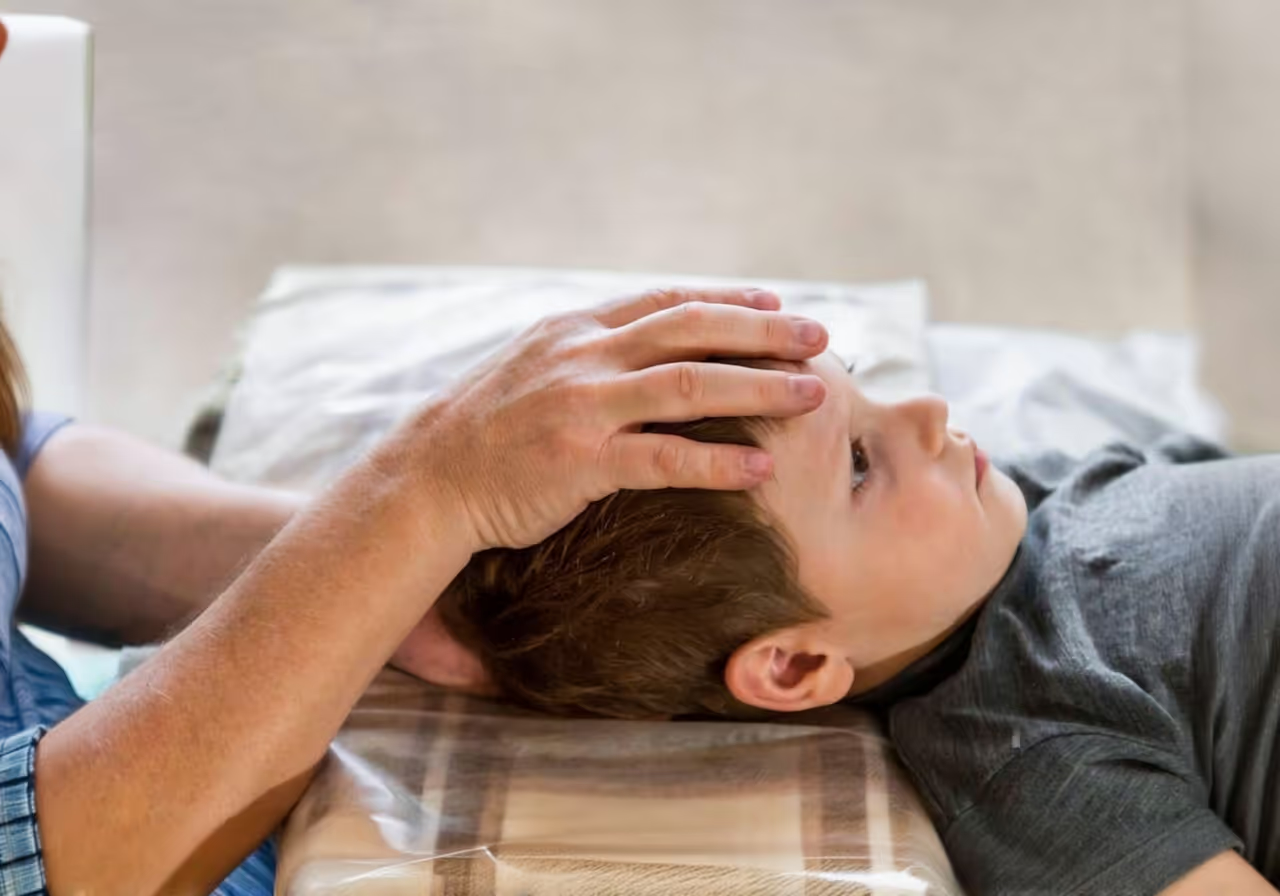
The role of osteopathy in adults.
In adult patients, various discomforts, tensions, and stiffness can arise. Osteopathy aims to restore the natural mobility of the body’s systems—circulatory, respiratory, fascial, nervous, and musculoskeletal—that ensure proper function, through targeted manual treatments.
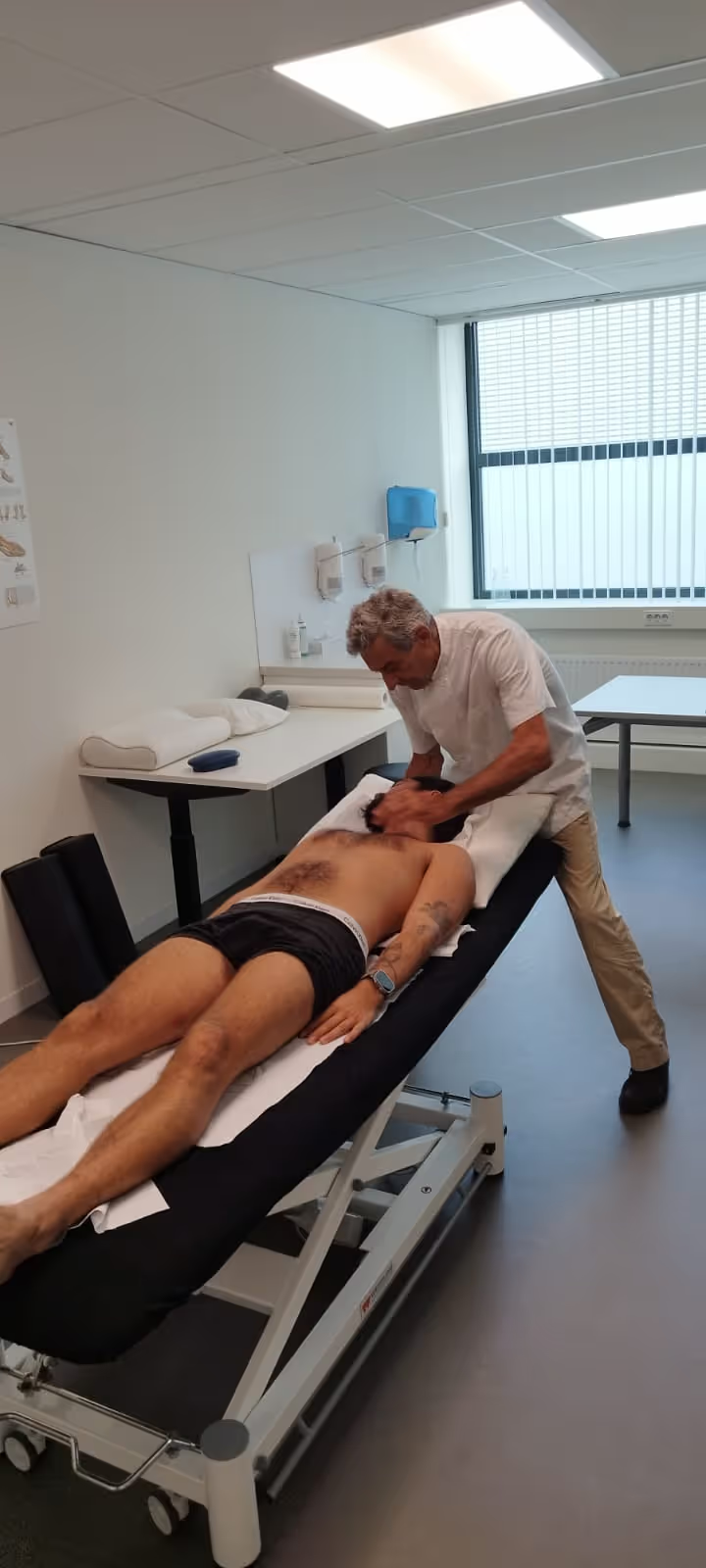
Dental Occlusion and Posture: An Osteopathic Perspective
Scientific evidence is increasingly highlighting the connection between teeth, occlusion, the stomatognathic system, and posture. Muscle tension, asymmetries, and postural dysfunctions can be linked to imbalances in the cranio-mandibular region. A thorough diagnosis—both functional and dysfunctional—allows for the identification of primary or secondary causes, offering the possibility to resolve the mechanisms that sustain and perpetuate symptoms throughout the body.
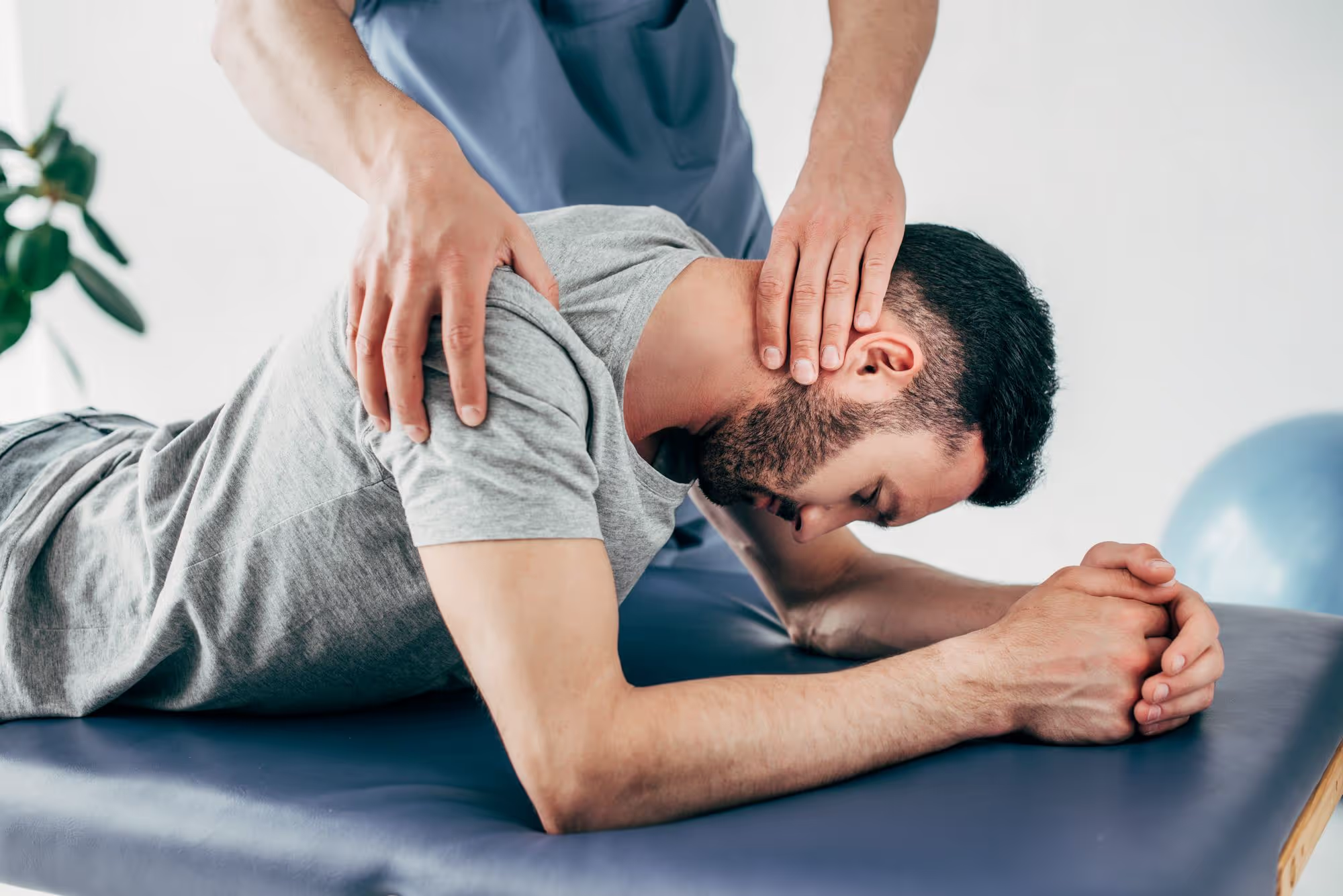
The 3 key principles of osteopathy
Through gentle manual treatments, osteopathy aims to stimulate the body’s natural resources, enhancing its ability to recover and adapt. The goal is to restore the balance between structure and function—an essential factor for maintaining good health.
Body Unity
The person is viewed as a whole—body, mind, and spirit—because only by considering all these aspects can the patient be fully assessed and treated, taking their life context into account.
Structure and function
They are deeply interconnected, each influencing the other. When this balance is disrupted, the body makes adjustments that can undermine overall well-being.
Self-healing ability
Unlike a traditional healer, the osteopath’s role isn’t to cure directly but to support the body’s innate ability to self-regulate, self-heal, and maintain health.
Understanding how osteopathy helps the body restore psycho-physical balance.
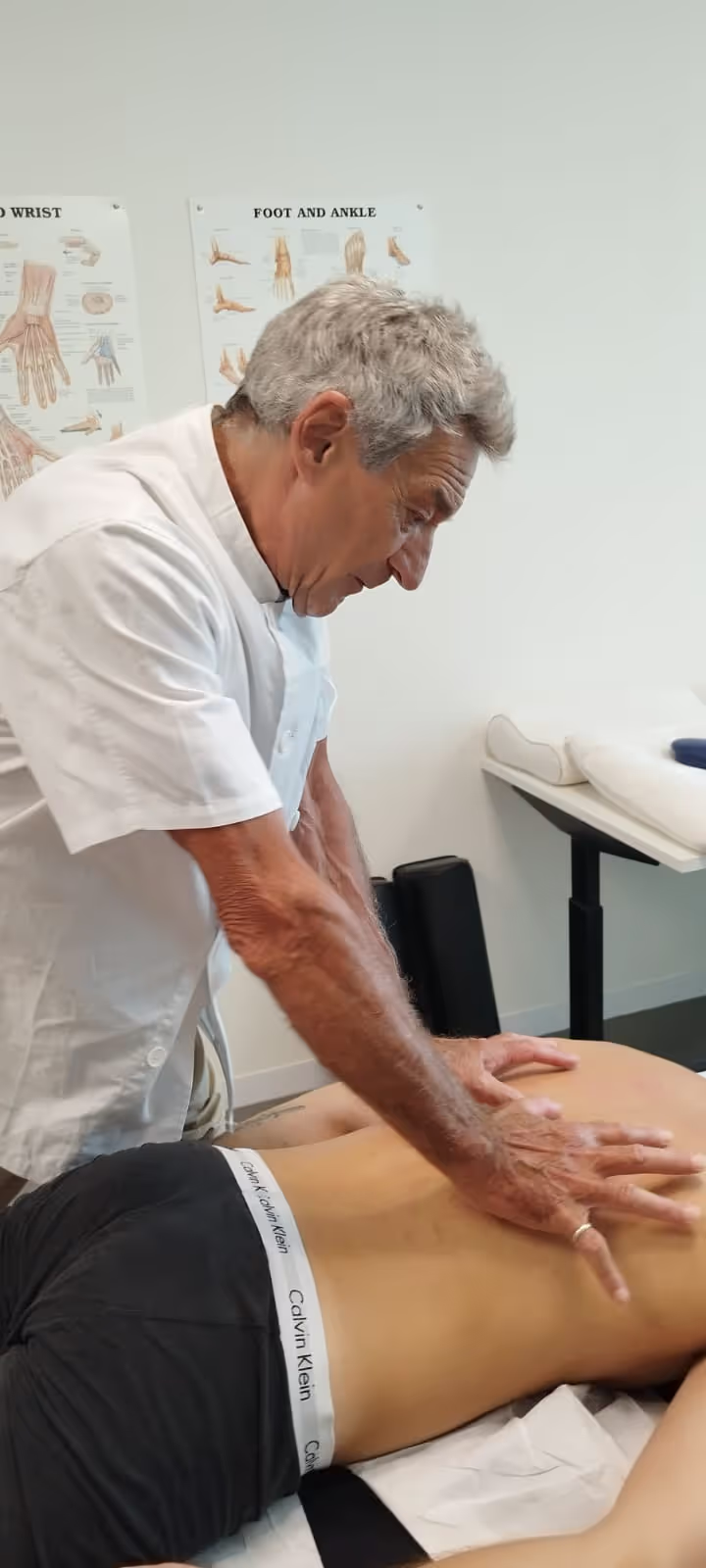
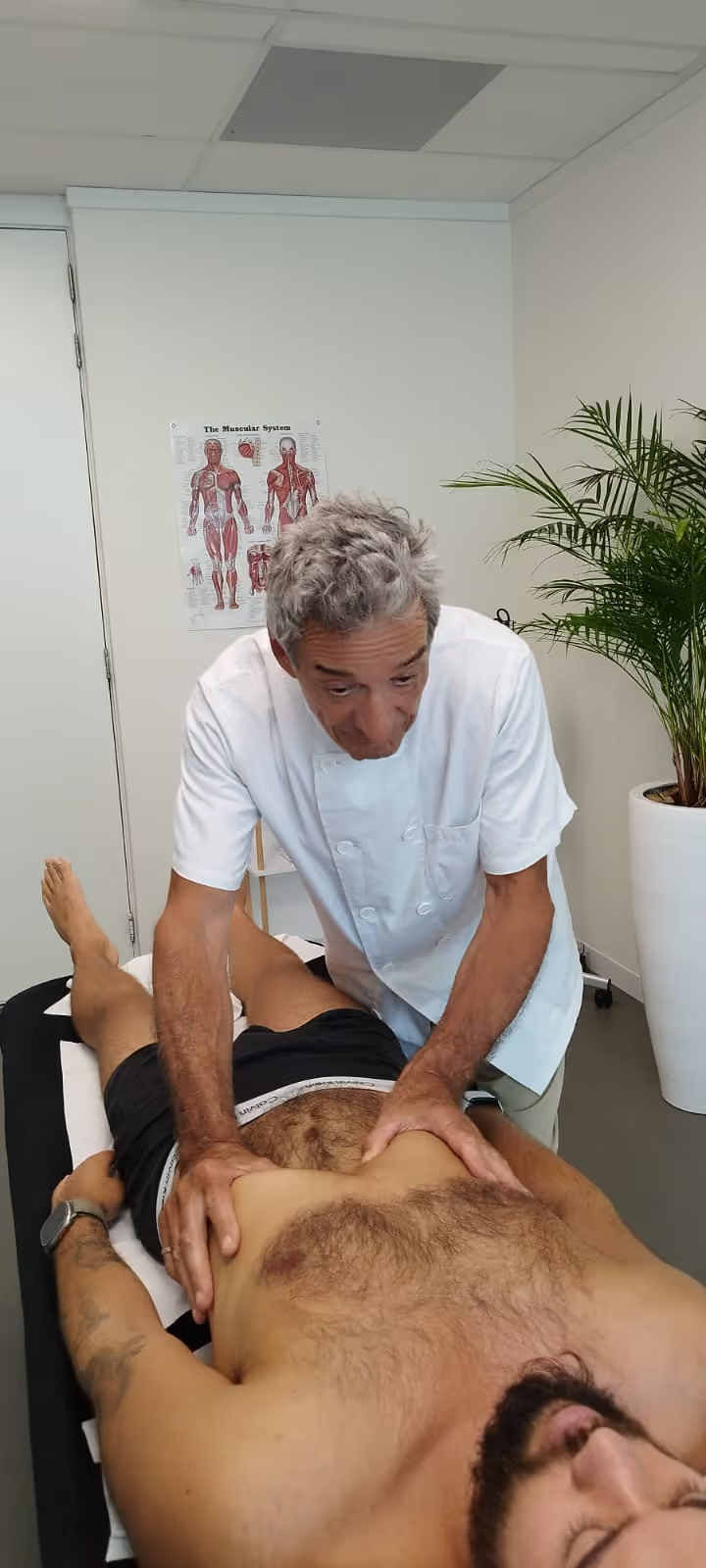
Osteopathic techniques
Frequently Asked Questions about Osteopathy
Osteopathic therapy is suitable for all age groups (infants, children, adolescents, pregnant women, athletes, adults, and the elderly), especially as research in the field is becoming increasingly important due to the growing number of people choosing osteopathic treatments both for prevention and for the management and treatment of pain.
Osteopathy is a manual treatment that aims to restore balance to the bones, muscles, joints, viscera, and tendons, resolving pain and preventing its recurrence through a personalized care plan. An individual’s overall well-being depends on the stability of our systems and their ability to work in perfect synergy.
An osteopathy session always begins with a thorough patient history. The clinical history, along with diagnostic tests, is essential for assessing the situation. Through a series of movements, bends, and stretches, existing dysfunctions can be identified. Once the issues are recognized, the actual osteopathic treatment can proceed. Osteopathy is a therapy that treats and prevents health problems by working on muscles and joints with manual techniques, without the use of medication, relying exclusively on the practitioner’s hands.
The environment we live in, trauma, repetitive strain, poor posture, work, a sedentary lifestyle, stress, and anxiety, along with unhealthy habits, are just some of the factors that negatively affect our health. Over time, we lose our ability to adapt, and various issues can arise. Osteopathic treatments help the body restore harmony and allow us to comfortably return to daily activities: sleeping, working, eating… living! Although many people only turn to an osteopath as they get older, every stage of life requires care and well-being.
Book an appointment.
Reach out through your preferred channel to book a session or simply to ask for more information.